The Things I Got Right—and Wrong—in My First Home Garden
Sharing 8.5 Years Of Gardening Wisdom
Thomas, here!
I’ve been gardening in my current space for about eight and a half years, and as I get ready to move, I’ve found myself reflecting on everything this garden taught me. I didn’t major in horticulture or garden design—I just dove in headfirst when I finally had an outdoor space to call my own. Over time, my enthusiasm led to big wins, plenty of lessons, and a fair share of “what was I thinking?” moments. With a new home and yard on the horizon, here’s what I plan to repeat, what I plan to avoid, and why I’m more excited (and more cautious) than ever to start planting again.
The Value of a Dedicated “Garden Zone”
During my time living here, I have attempted to turn every corner of our yard into a gardening paradise. It quickly became overwhelming. The real breakthroughs came when I focused on one consistent space—a designated garden zone—that I could pour my time, creativity, and energy into without creating too many future headaches for myself. For me, that zone ended up being a series of raised beds, but for others, it could be a small set of pots on a patio plant stand or a vertical garden near your kitchen door.
Having a single place to concentrate on helped keep me motivated and let me experiment freely without worrying that the entire property was going to get neglected.
Raised Beds: The Cornerstone of My Success
When I say “I love my raised beds,” that might be an understatement. I started with one modest three-by-eight bed, and it snowballed from there into multiple raised beds, all of which ended up in the sunniest part of our property—my front yard where everyone could see. While I was initially a bit nervous about how a front-yard vegetable patch might look, it turned out to be one of my favorite decisions:
Soil Control & Tidiness: With raised beds, I can control the soil type and keep weeds at a minimum. My custom raised bed soil blend which is the top 6 inches 100% compost from at least 3 sources and the remaining soil underneath being 50/50 compost and topsoil led to super healthy and vigorous plants.
Kid-Friendly Learning: My children quickly learned that these were special, food and flower growing spaces. They knew exactly where to pull carrots, tomatoes, peppers, or radishes, and they loved seeing how plants change over time.
Community Connections: Placing some beds in the front yard was a conversation starter. Neighbors, tourists, and passersby would ask what I was growing or ask what my secrets were. It turned out to be a subtle but meaningful way to connect with others.
If you’re thinking about starting a garden—big or small—a raised bed is one of the best investments you can make. It’s organized, kid-friendly, and easy for new gardeners to manage.
Essential Automation: Irrigation
When we first moved in, I remember spending hours hand-watering various pots and flower beds. It worked fine in the early days, but once I started expanding, it became a major time sink. Eventually, I installed an automated irrigation system with multiple zones—perhaps more zones than truly necessary—but being able to schedule watering or rely on a sensor to detect rain saved me untold hours.
Weather-Sensing Timers: If it rains for two days, the system automatically knows to skip watering.
Flexible Adjustments: When a heat wave hits, I can easily increase watering times.
Less Stress, Healthier Plants: No more worrying about the garden drying out when we leave town.
I still recommend occasionally walking through your garden just to observe and check for issues, but automated irrigation drastically cut down my chores and gave me back time for other parts of life.
Embracing Exploration & Learning by Doing
One thing I did very right: I experimented—a lot. Over these eight years, I’ve planted every sort of flower, vegetable, shrub, and seed I could get my hands on. Rare peppers, heritage tomatoes, branching sunflowers, bedding zinnias, multiple basil varieties—you name it. While some of my experiments failed, many succeeded in spectacular ways.
That willingness to try (and sometimes fail) led me to discover:
Favorite Varieties: Bedding zinnias (which “self-clean” so you don’t have to deadhead), branching sunflowers (more flowers per stalk), and calendula for bright color.
Key Skills: I taught myself (and even my kids) how to start seeds indoors, how to extend growing seasons, and how to plan for successive plantings so something’s always blooming.
My advice: Don’t let the fear of failure stop you from trying something new. Every “oops” teaches you what thrives in your climate, soil, and schedule.
Seasonality & Succession Planting
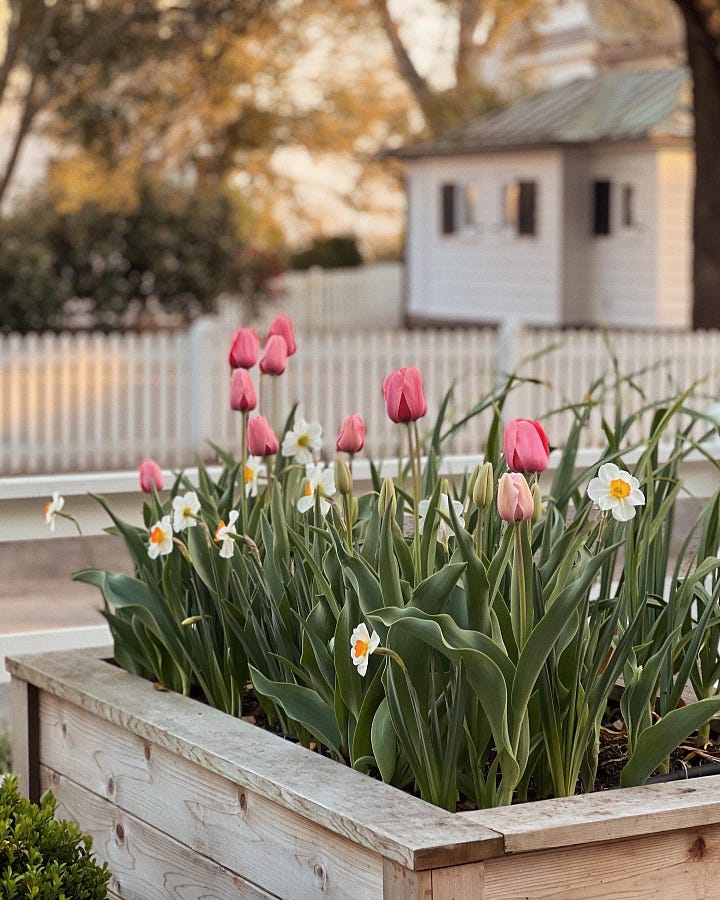



Early in my gardening journey, I’d go all-in during the spring with visions of a lush paradise. Then summer humidity or pests would roll in, and everything would bolt, die, or generally fall apart. Eventually, I realized planning for the next phase is just as important as the initial planting. For example:
Spring into Summer: If you plant lettuce or kale early, be prepared with some heat-loving flowers or vegetables to fill those beds when the cooler crops inevitably fade.
Fall Planting: In many climates (like Charleston’s), fall is huge for lettuces, kale, or late blooms, since summers can be too intense.
Thinking about “what comes next” has helped me keep the garden looking good—rather than amazing in April but empty by July.
The “Greenhouse Dream” That Wasn’t
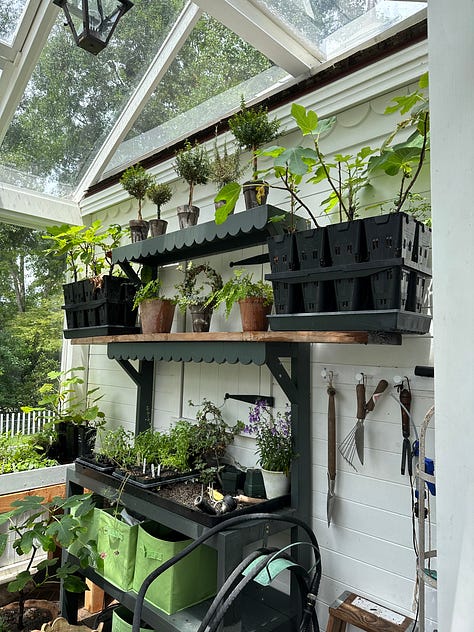


Like many garden enthusiasts, I dreamed of a picturesque greenhouse. I hired a custom builder to build my dream greenhouse attached to our shed, imagining a dedicated spot for seed-starting, tropical plants, and an extended growing season. In reality:
Overkill in a Warm Climate: Charleston is already hot and humid. My greenhouse frequently soared above 100°F, cooking my seedlings instead of nurturing them.
Sunlight Constraints: Large trees or partial shade meant I needed additional grow lights even inside the greenhouse.
Maintenance Overload: It became another area to keep tidy, and ironically, I still ended up doing a lot of seed-starting indoors where temperatures were more controllable.
A better solution: Temporary or smaller-scale “pop-up” greenhouses for short stints in early spring, or just a well-organized seed rack with a few grow lights in a corner of the house or garage.
Curb Your Enthusiasm (Or At Least Contain It)
Every spring I’d get starry-eyed and overcommit—buying more pots, seeds, and plants than I could realistically manage. If we left town for a few weeks, I’d scramble to set up sprinklers that sprayed a chaotic cluster of containers, inevitably losing many plants to thirst or overwatering.
Overabundance of Pots: I ended up donating dozens of them, realizing I simply couldn’t maintain so many.
Multiple “High-Maintenance” Zones: Instead of focusing on my raised beds or a single statement area, I tried to make everything stand out—creating a perpetual chore list I couldn’t keep up with.
My new mantra: It’s better to have one or two gorgeous areas than an entire yard you can’t manage.
Fighting the Elements & Failing
Living in a subtropical climate taught me the hard way: Don’t fight Mother Nature. For a while, I was determined to grow a citrus orchard—kumquats, limes, lemons, oranges—all in my backyard. It worked to some extent, but every few winters we’d drop into the low 20s or even teens, and I’d lose or severely damage trees I’d spent years nurturing.
It’s tempting to buy that beautiful 30-gallon citrus at the nursery when it’s loaded with fruit, but if your winters occasionally dip too cold, you’ll end up wasting a lot of effort and money (and heartbreak). The same goes for other ornamental I tried like lilacs that simply aren’t suited to local extremes. If you want to experiment, do so with annuals.
The Compost Conundrum
Making big batches of compost at home can sound romantic and eco-friendly, but in a small yard with a full schedule, it turned out to be a logistical headache:
Space & Time Intensive: I could never keep up with all the leaf litter, yard clippings, and kitchen scraps.
Local Resources Already Exist: Many municipalities compost yard waste for you, and you can buy it back affordably by the cubic yard.
We Used What We Had: The compost bins I set up ended up storing loads of “stuff” I didn’t need.
Unless you have ample land or a particular passion for composting, it’s often simpler and cheaper to source it from a local composting facility or garden center.
Looking Forward
As we move into our new home, I’m determined to apply all these lessons. I plan to:
Observe First: Watch how sunlight moves across the property, note areas that are too shady or too hot, and then place a raised bed or two where they’ll truly thrive.
Install (or Adjust) Irrigation: Once again, automation will be my best friend.
Stay Realistic: I won’t let my springtime enthusiasm bulldoze my sense of practicality.
Be Thoughtful About Big Investments: If I bring in a large, mature tree, it will be well-suited to the local climate—and worth the bigger price tag.
Adopt a “Less Is More” Approach: A single spectacular bed beats an entire yard I can’t maintain.
Above all, I’m looking forward to the creativity that comes with a new space—knowing full well I’ll make new mistakes. But those, too, are part of the gardening journey.
Final Thoughts
Gardening is a constant lesson in balancing dreams with reality. The best parts—like raised beds, seed-starting, and easy-to-manage irrigation—are the ones that kept my passion alive. The missteps—like the greenhouse, the “rare plant” frenzy, or battling a climate that isn’t quite right for many of my favorite plants—taught me humility and a healthy dose of caution.
If you’re gearing up for a new garden yourself, remember: pick a focal area, automate where you can, don’t fight nature, and allow yourself a little experimentation (just not all at once!). The reward is a space that grows with you—learning from each season, each triumph, and, yes, each setback.
Thank you for following along on this gardening adventure. I’m excited to see what the next chapter brings, and if you want to keep track of the new garden’s evolution—or share your own lessons learned—stay tuned to my Substack. Here’s to a future of well-chosen projects and resilient plants.


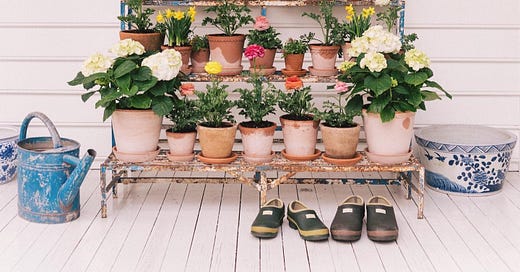




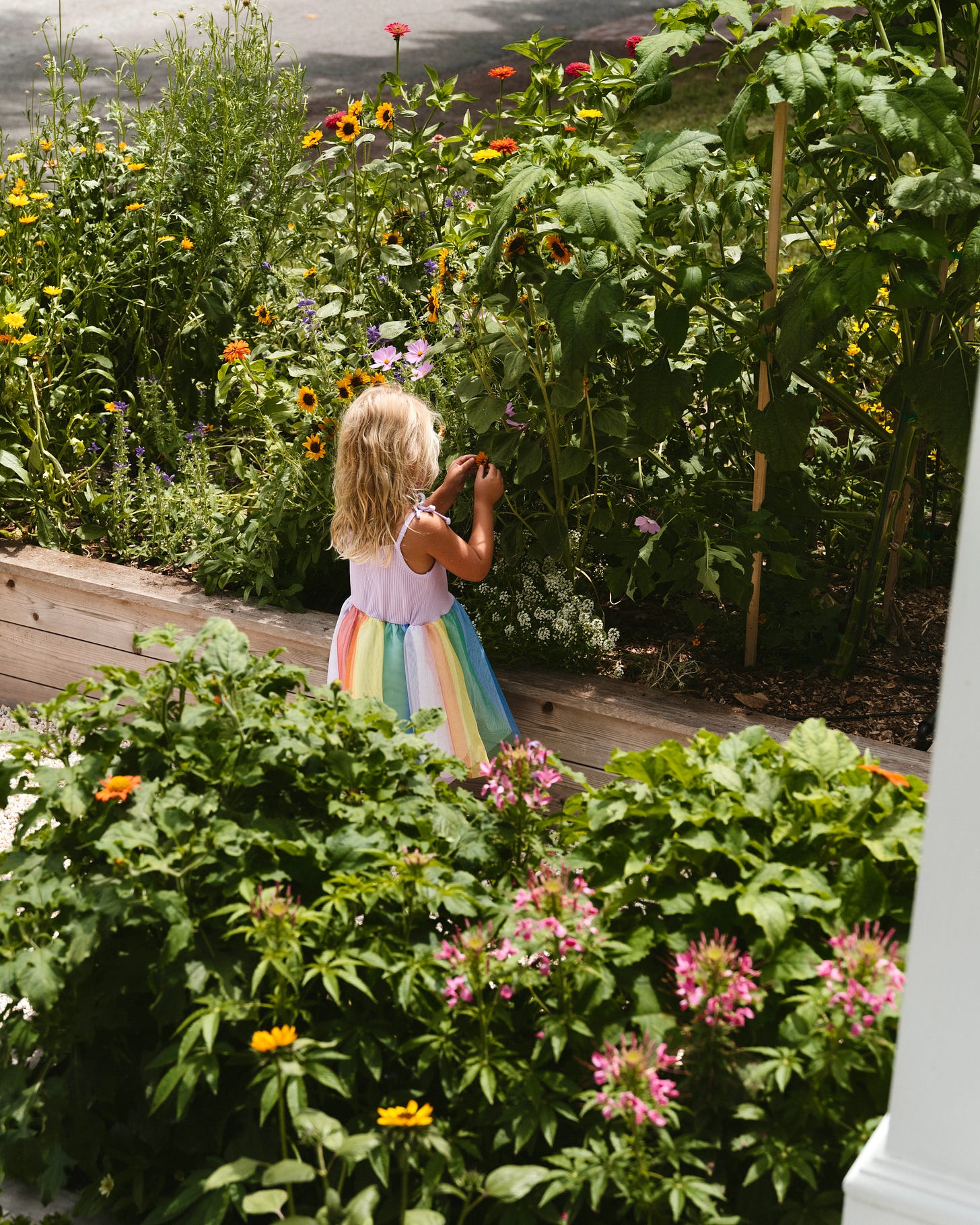
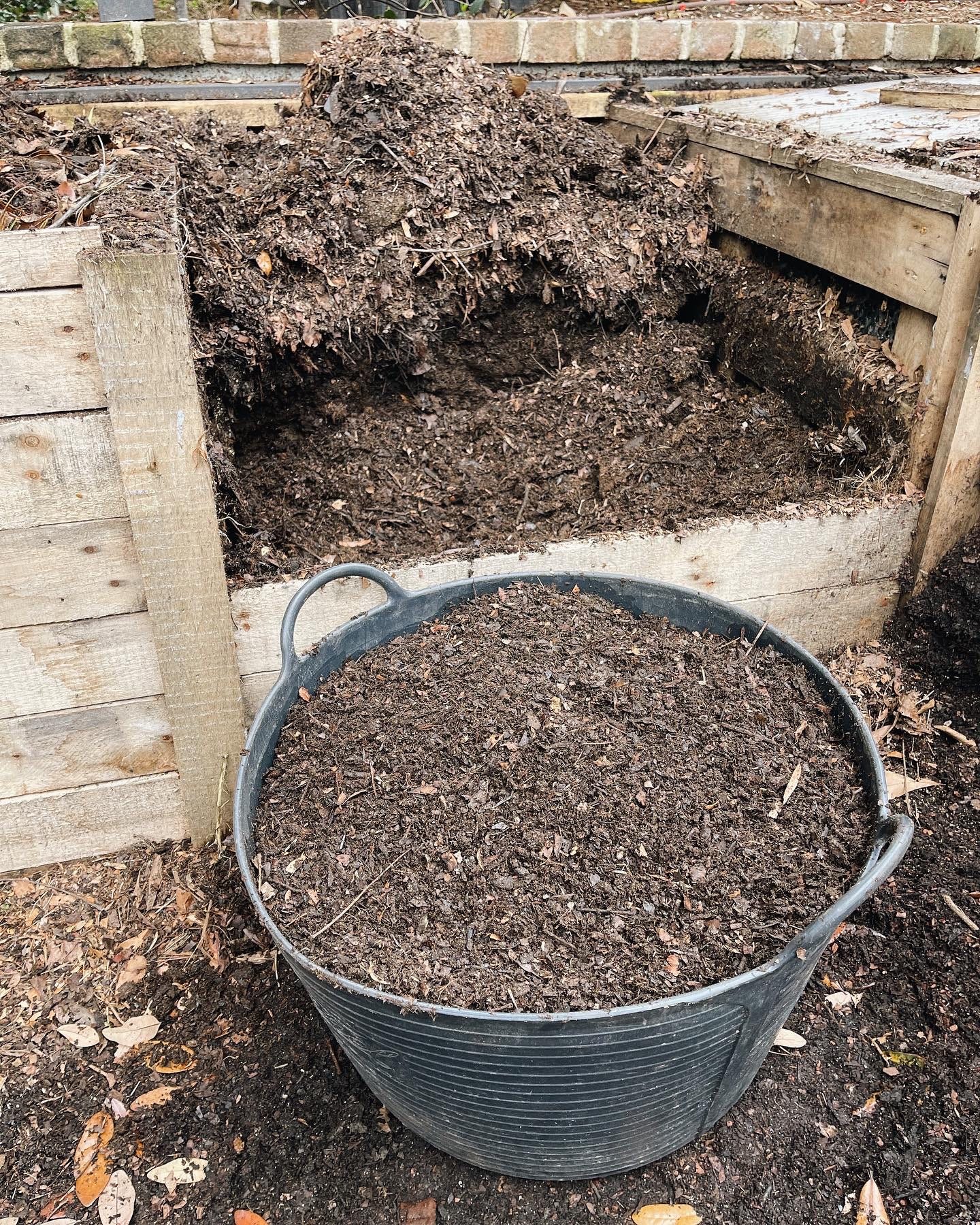
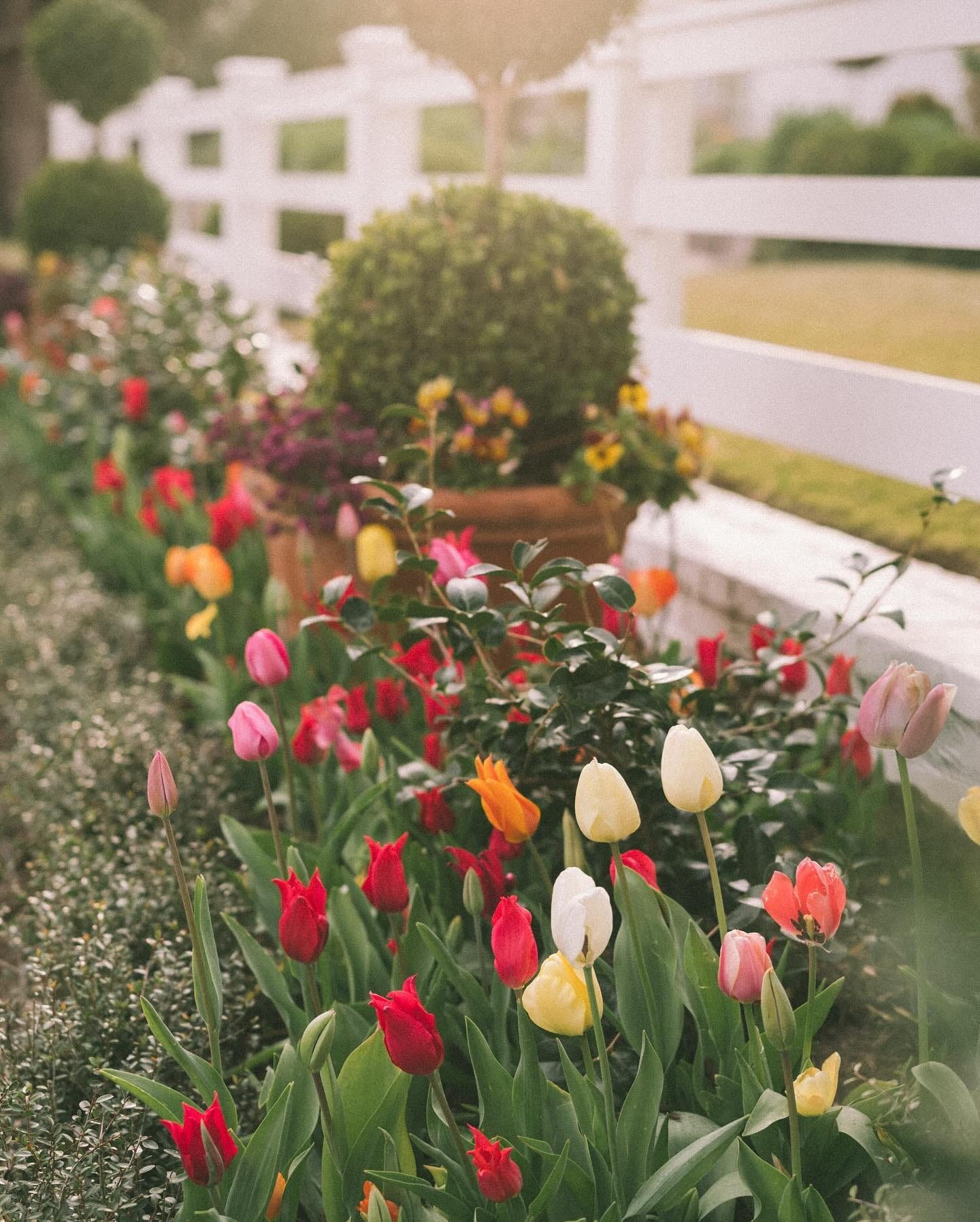
This was great. I loved your garden follow along a few years ago. I learned so much and relate to so much of what you wrote!!
Excited to see the new space and what you do with it. I’m also starting all over this year at a new house - good to get a reset and not make some of the same mistakes, as you said.